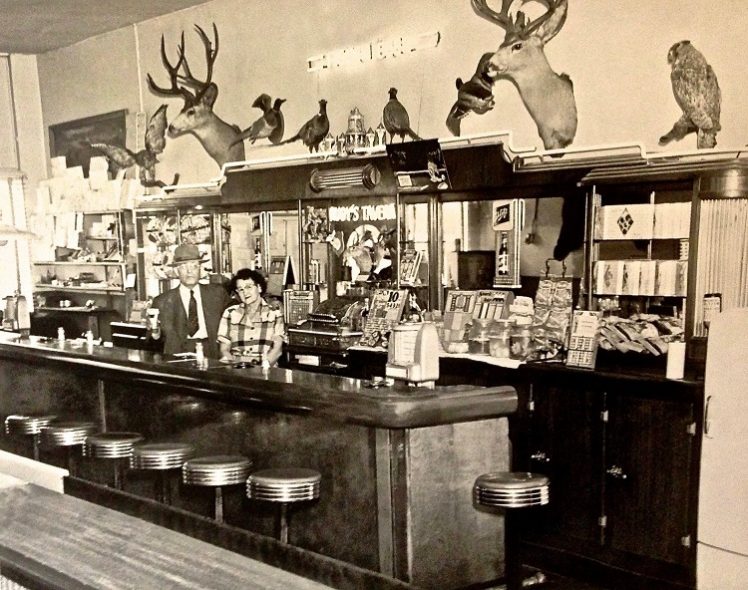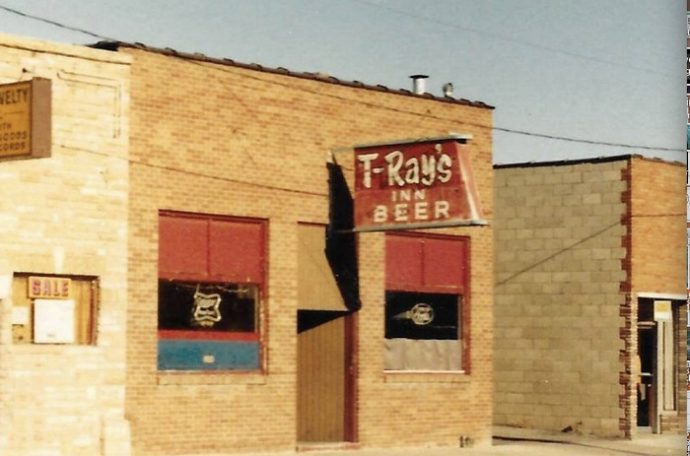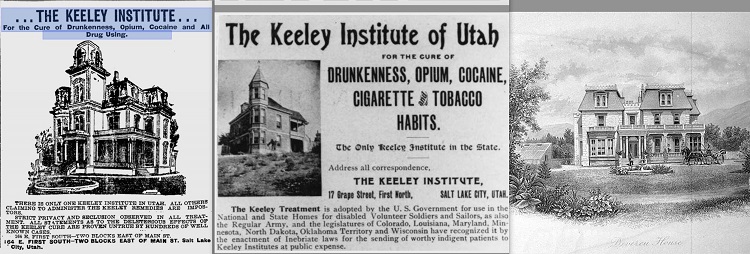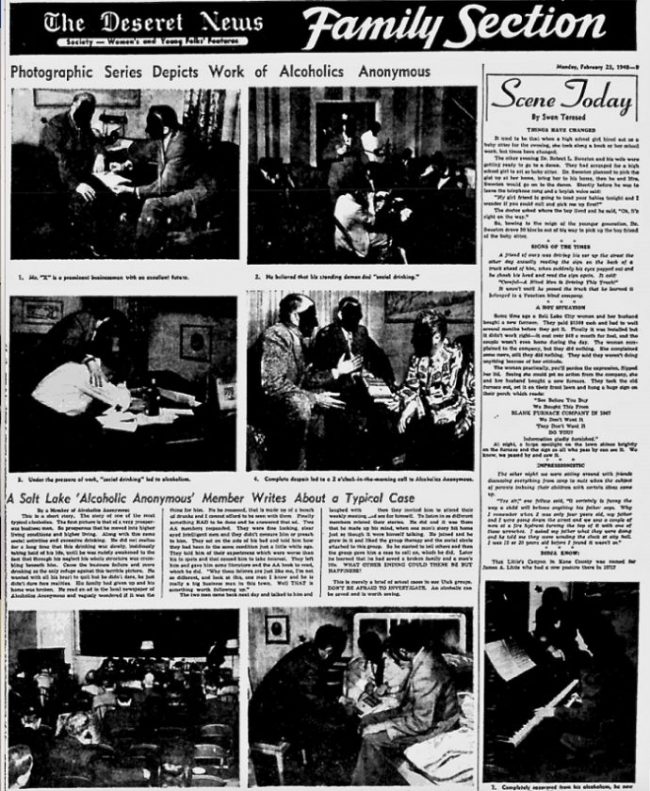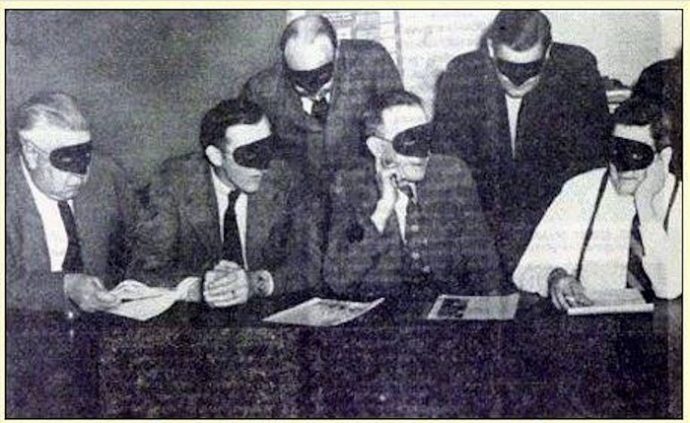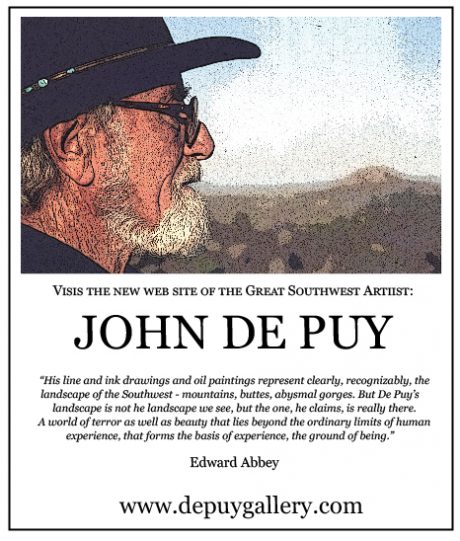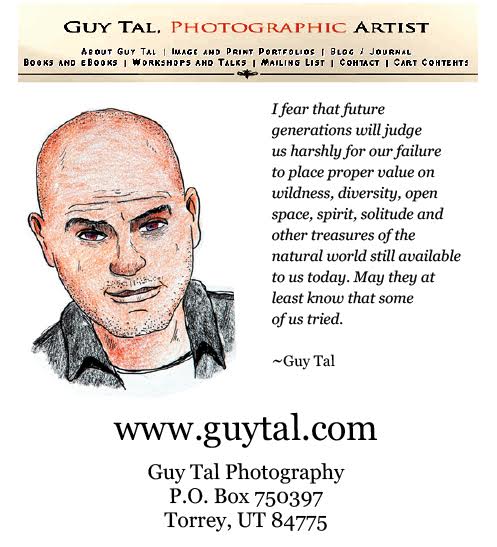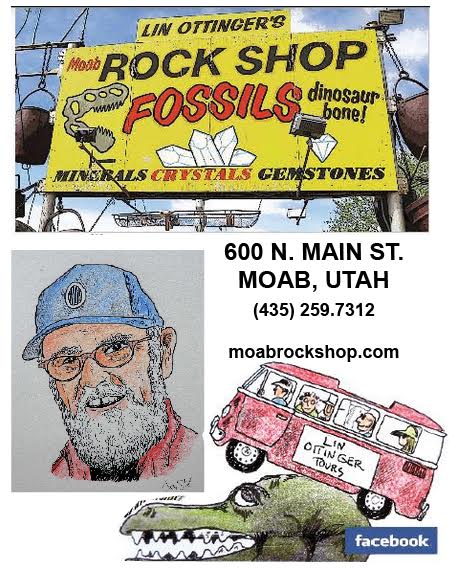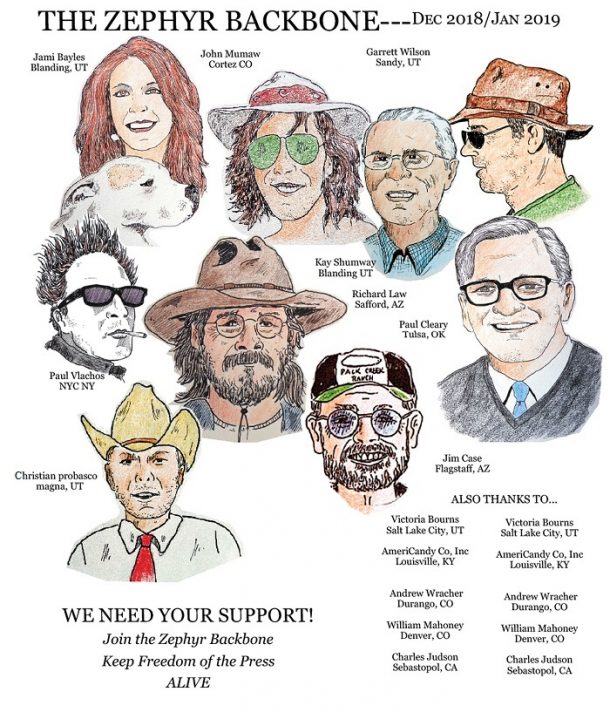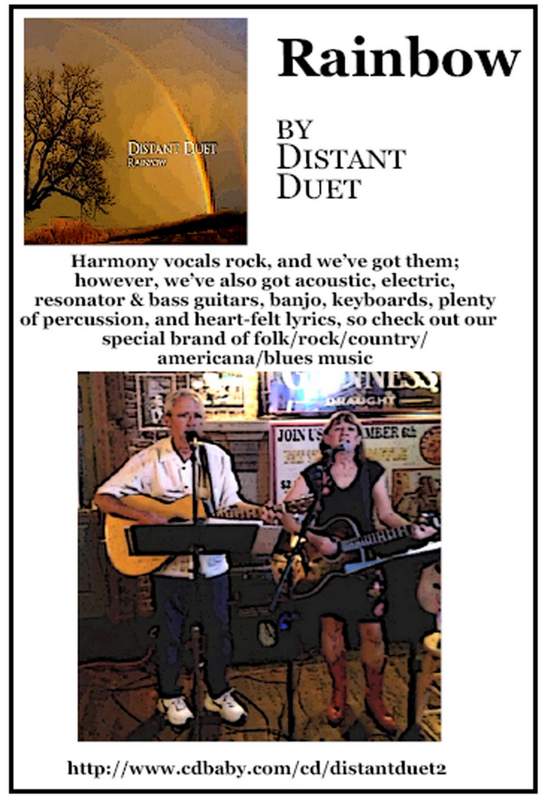It seems I grew up around taverns. My father was landlord to a few working man beer joints. As a child my favorite days were spent accompanying him as he went around to count the coins in the pinball machines and jukeboxes he placed in taverns all over the valley. Often this was on Saturday or Sunday morning before they opened to avoid the maddening crowd. The tavern owner would treat me like royalty and hand me a sack of Planters peanuts and an orange crush. Later, when I worked for my dad, I delivered to the beer joints and coffee shops. These were not nightclubs or fancy places, but workingman’s taverns. Although I drank more than my fair share of alcohol, I rarely drank in bars, with the rare exception of the Busy Bee in South Salt Lake.
This 1950 photograph of JOE RUBY’S TAVERN on Main St. Midvale has just about everything that I remember about the old taverns. Notice the Fisher Beer neon sign, lots of punchboards, neon trim on the back bar, animal mounts, jukebox remotes, shuffleboard in the foreground, pickled eggs and pickled pigs feet and of course Joe & Ann Ruby with a beer in hand saluting you as their new customer.
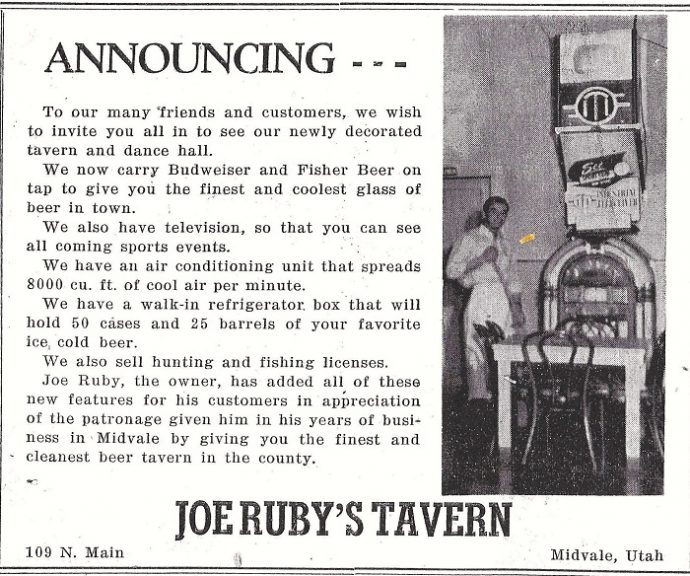
The jukebox in this 1948 photograph is a 1946 model Wurlitzer that played 78 rpm records and was out of date by 1951 as 45 rpm’s took over. The television on the wall above the jukebox is a pre-1950 wall mounted TV. .. Look at the size of that screen! maybe 10 or 12 inches. Joe Ruby’s tavern not only was a dancehall and a juke-joint but one of the original sports bars.
The Rubys ran it for a decade and offered to pass the business onto their son Marty. But Marty was more interested in being a barber. He was a fixture of Midvale city for 60 years. One summer I shined shoes at his barbershop and through the years I got several haircuts. The grandson, Marty Jr, was just finishing up law school and had no interest in the bar business. So they put it up for rent and T-Ray Gustafson came to the declining town and took over the rundown bar.
T-Ray’s Tavern was a real dive bar. Even depressed Midvale’s Main Street had its own Skid Row. I know because my building and business is in it. It wasn’t always that way but for 45 years the area has been depressed. About 75 feet south of my business was T-Ray’s Tavern. The brick building was a working man’s bar built in the postwar boom years when Midvale was a thriving blue collar community with belching smoke stacks of a smelter that refined ores from Bingham Canyon. But as main streets declined all over the country, the smelter stacks turned cold. Midvale followed suit and the little owner-occupied stores started closing down as the freeway bypassed the town and shopping malls were preferred.
T-Ray Gustafson was born in Eureka, Utah in 1905. He drifted to Salt Lake, worked as a bar-keep, opened his own curio tourist shop across from the Temple, and later came to the depressed Midvale. He bought a house and opened up T-Rays Tavern. He was no stranger to adversity. He told me his father and siblings were wiped out by the influenza epidemic. He himself had contracted polio and had special braced polio shoes with a lift that must’ve been 4 or 5 inches. For the most part he was grumpy. The Tavern was only licensed for draft beer, but the regulars knew they could buy a shot, or even pints and fifths on the days that the Utah State liquor store was closed. He never granted credit – Never. He explained to me that credit was a losing proposition. Once an indigent customer owed him money they would just move on down the line to another watering hole. 
Danny, [pictured] a regular at the Tavern, was mentally challenged. Until he was 16 years old he could still to go to school. He was in the 3rd grade in a school system that finally ejected him with no solutions or programs. He became the swamper and roustabout for T-Ray. Because I too was a fixture of Midvale’s Main street, I knew the man. At about 13 or 14 years old, when I discovered the fun of alcohol, Danny was my runner. He would buy me a bottle for only a dollar surcharge. For me, Danny was convenient and reasonable.
There were regulars at T-Rays. In fact, I think they were all regulars. It was not a destination bar. It appeared to be the kind of place Henry Chinaski would hangout at.
There were of course the indigent, and those that were there at the 10AM opening every morning. But there was also a host of self-styled contractors and handymen. There were shade-tree mechanics, rock masons, cement workers, and people with handy talents who couldn’t hold down jobs but were talented and available for a cash contract. Kess, a tall lanky man, obviously short on nutrition, wore a sweaty Marathon [J.C. Penney’s house brand] cowboy hat. His shirt showed the remnants of three or four days of work as a plumber. He was proud of his business card proclaiming him to be “The Ten High Construction Crew”. Ten High was his favorite brand of Kentucky bourbon. I contracted him for odd jobs and found his value to be worth the frustration of his irregularities. I hired Clint, a skilled stone mason, to lay up a quartzite fireplace mantle in my Salt Lake Avenues home. He passed out one afternoon. I put his head on a pillow and he didn’t budge from my living room floor ‘til 6:30 the next morning. He was embarrassed.
When T-Ray threw in the towel because of age and diminishing business he invited me over to his house to inspect items left over from his tourist trap shop on North Temple right across from the great Mormon Temple. It turned out to be an opportunity for me. I bought thousands of linen back postcards, pot metal salt and pepper shakers where the temple was the salt and the Tabernacle was the pepper. There were some original Planters Peanuts material that was very collectible, and other great old bar items. That’s the last I ever saw of him. He was bald and shaved, the kind of man that had not one hair on his face or head, not even eyebrows. His color was approaching purple, like that of a man with unregulated blood pressure. And of course he lived with the ravages of adolescent polio. He always seemed to be grumpy after running a low-down real “dive” bar for 30 years.
For a while the building was home base for John Saltas’ “The Private Eye”, a magazine that grew into the popular award winning “City Weekly”. Then it became a woodshop and has since deteriorated to the point of condemnation. The backbar was stripped out of it, the floors rotted away, the roof leaks, and it was pretty much just storage for years.
With new interest in the old town, an energetic new owner has restored the building at great expense.
TREATMENT CENTERS in SALT LAKE MANSIONS
The Devereux House, the famous Gardo House, and other mansions were at one time leased to the Keeley Institute.
In the the early 1900s, the Devereux House was leased to the Keeley Institute, which ran an ad in the Dec. 17, 1904 Deseret News proclaiming: “Drunkenness is a disease that can be cured.”
In 1892 they had rented the Gardo House and it was considered the “most thoroughly equipped institute in the West.” Patrons were predominantly middle-class men, although “ladies” visiting the institute for treatment were assured of seclusion and privacy.
From the web:
The Keeley Institute was an organization founded in 1880 by Leslie Enraught Keeley for the treatment of alcohol and drug addiction. Keeley’s cure was allegedly made from “double chloride of gold,” but it was actually a composition of atropine, strychnine, arsenic, cinchona, and glycerine. Patients at the institute, who were gradually weaned from their habits, received periodic injections and ingested a dram of the formula every two hours. They were also required to follow a regime of healthful diet, fresh air, exercise, and sleep. However, Keeley’s treatment attracted little attention until 1891, when the Chicago Tribune published a number of articles praising his work and launching a wave of popularity for the treatment. Franchises using Keeley’s name sprang up across the United States, Canada, Mexico, and England.
In the same tradition The Utah Alcoholism Foundation started a treatment center in a mansion on 7th East and South Temple. Then, in the 60s, the Helping Hand Association started The Haven on 11th East and South Temple.
Anonymity is an edict to members of Alcoholics Anonymous. The tradition insures that the fellowship is not identified by personalities. It is a spiritual concept that promotes personal humility. In historic times, anonymity also protected the person from being outed for having what was erroneously seen as a moral failing.
AA started taking off in Salt Lake City in the 1940s. It’s early members included people from wealthy and famous families. Their financial support and connections facilitated the local growth. The Mormon owned newspaper Deseret News published this flattering article in 1948. Anonymity, for the purpose of the Deseret News, was handled by passing out “Lone Ranger” style masks.
Clark Phelps lives in Salt Lake City, Utah.
Click Here to Read Clark’s Previous Installments of “Bygones & Obsolete Stories…”
To comment, scroll to the bottom of the page.
Don’t forget the Zephyr ads! All links are hot!

